In 11 Indian States and Union Territories, organic petrol will now be offered at a few petrol pumps. The initial phase will see the availability of petrol blended with 20% ethanol.
In order to reduce carbon emissions, generate foreign currency, and boost the nation’s self-reliance, Prime Minister Narendra Modi announced this innovative biofuel at the India Energy Week 2023 event hosted in Bengaluru. As part of a program to increase the use of biofuels aimed at reducing carbon emissions, earning foreign exchange and strengthening the country’s self-reliance.
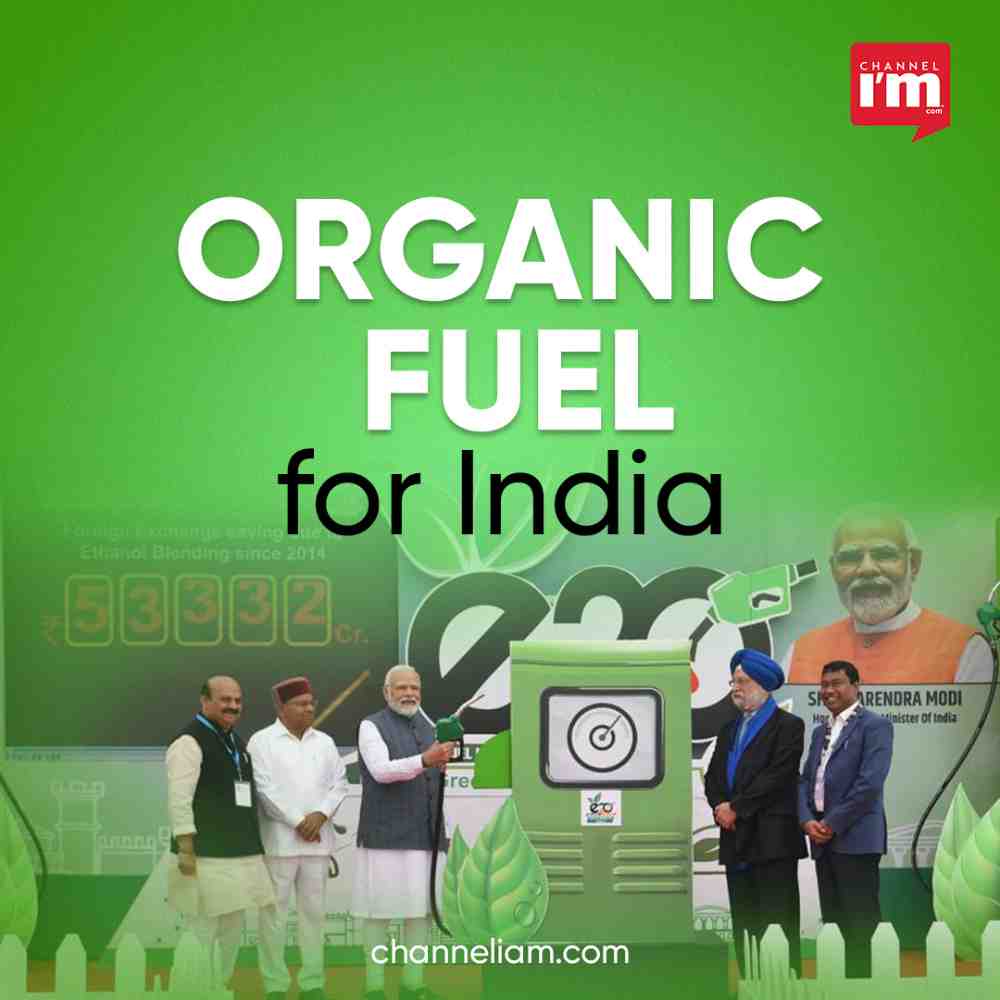
Reducing Emissions
E20 reduces carbon monoxide emissions from two-wheelers by around 50% and from four-wheelers by 30%. (E0 neat petrol). In two-wheelers and passenger cars, hydrocarbon emissions are expected to be decreased by 20%.
The intention is to double this proportion to 20% ethanol and 80% petrol by 2025 from the current 10% ethanol and 10% petrol that is provided to the outlets.

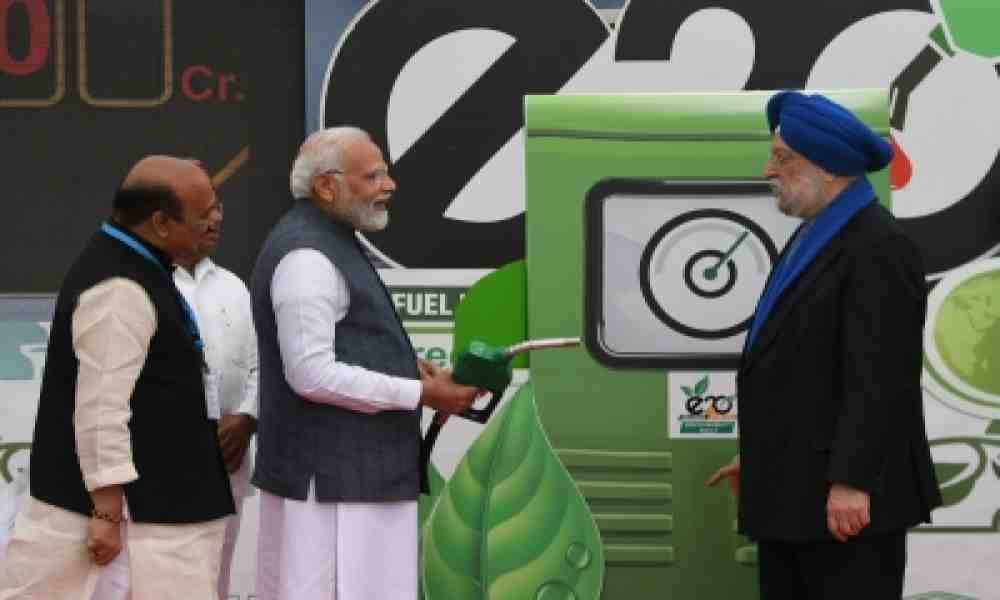
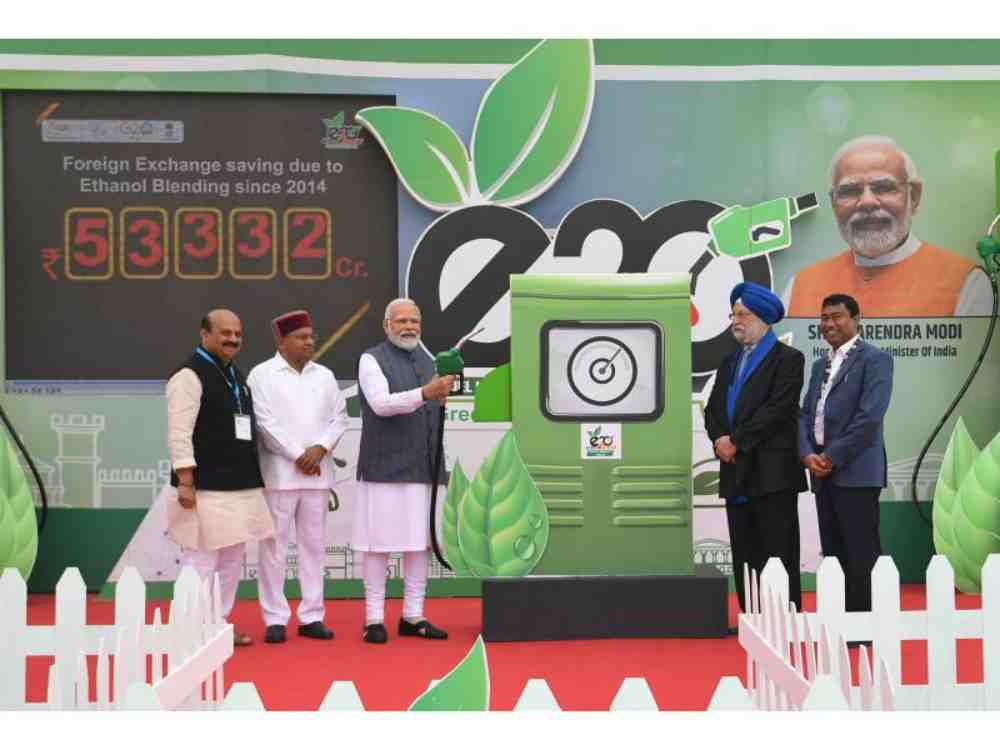
The project’s Success
The project’s success can be attributed to Prime Minister Narendra Modi’s decision to introduce 10% ethanol-blend petrol two months sooner than originally planned for April. By 2023, biofuel containing 20% ethanol was intended to be introduced into the national fuel supply. However, E-20 (petrol containing 20% ethanol) won’t be available in the nation until 2025, five years earlier, said Oil Minister Hardeep Singh Puri.
The project’s success and India’s advantages in foreign exchange are due to the country’s ability to manufacture ethanol. 80% per litre of imported petrol will be adequate when E20 petrol is widely used in the nation. India, the third-largest user of oil and top oil importer in the world, may be able to lessen its reliance on imports by using ethanol made from sugarcane, rice, and other agricultural products. 85% of the fuel used in India today is imported.
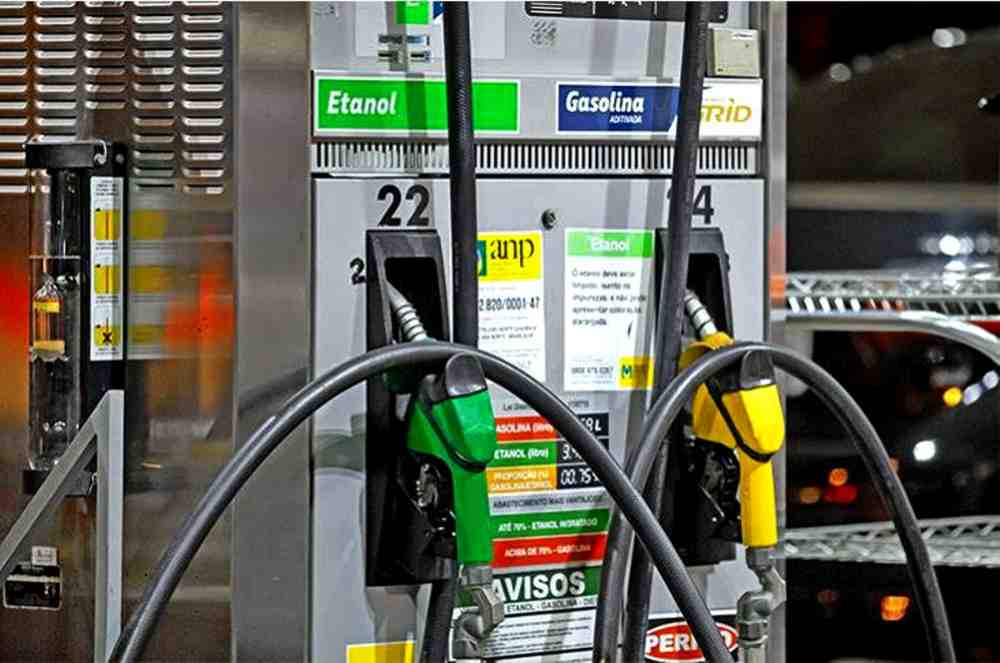
The nation currently has a capability to produce ethanol annually of about 1,037 crore litres, which includes 337 crore litres of corn-based production and 700 crore litres of molasses-based production.
Distribution
The first phase will cover 15 cities, but when E-20 launches in the following two years, coverage will be increased to include all 50 states.
E-20 (petrol containing 20% ethanol) will be offered at 84 gas stations operated by three state-owned gasoline retailers in 11 states and UTs.
Production and Storage
India imported crude oil for $120.7 billion for the fiscal year 2021–2022. (April 2021 to March 2022). In the first nine months of the current fiscal year (April 2022 to December 2022), just oil imports cost US$ 125 billion.
440 billion litres of ethanol will be added to gasoline in the supply year that ends on November 30, 2022. A large-scale mix will begin with a storage goal of 540 crore litres for the following year.
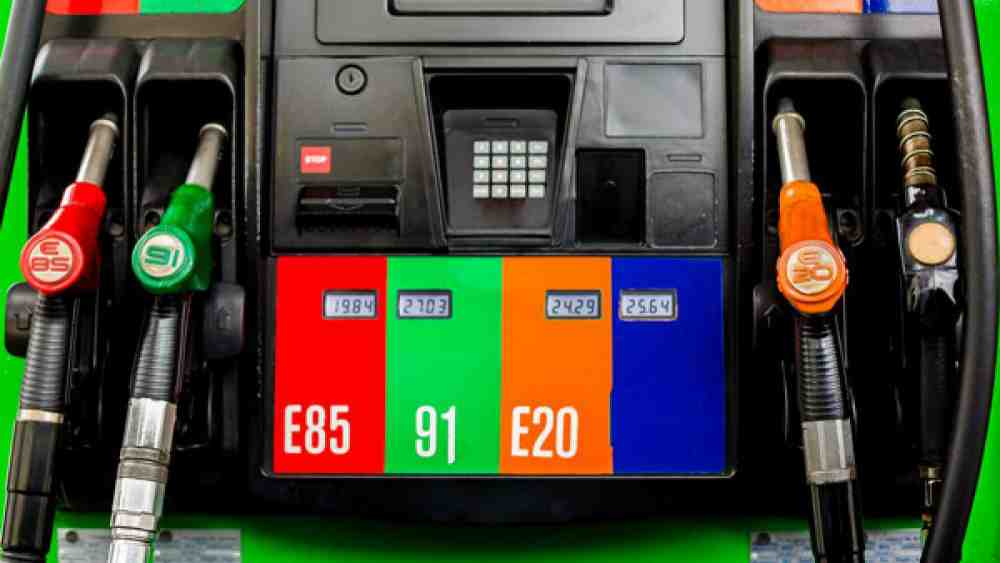
Public sector oil marketing companies (OMCs) have raised their ethanol storage from 38 crore litres during the 2013–14 ethanol supply year.Second generation (2G) ethanol biorefineries are being built by oil PSUs in Panipat (Haryana), Bathinda (Punjab), and Bargarh (Odisha). (Assam) K.L.P.D. 185
The amount of ethanol for blending with gasoline is 542 crore litres in ESY 2022–2023, 698 crore litres in ESY 2023–2024, and 988 crore litres in ESY 2024–25, according to the roadmap created by NITI Aayog based on gasoline sales. For the ESY 2024–2025 and ESY 2025–2026, 1016 crore litres.
Up until January 30, 2023, oil companies had stockpiled 80.09 billion litres of ethanol for use in ESY 2022–2023 gasoline blends and 6 billion litres of biodiesel for use in FY 2022–2023 diesel blends.
